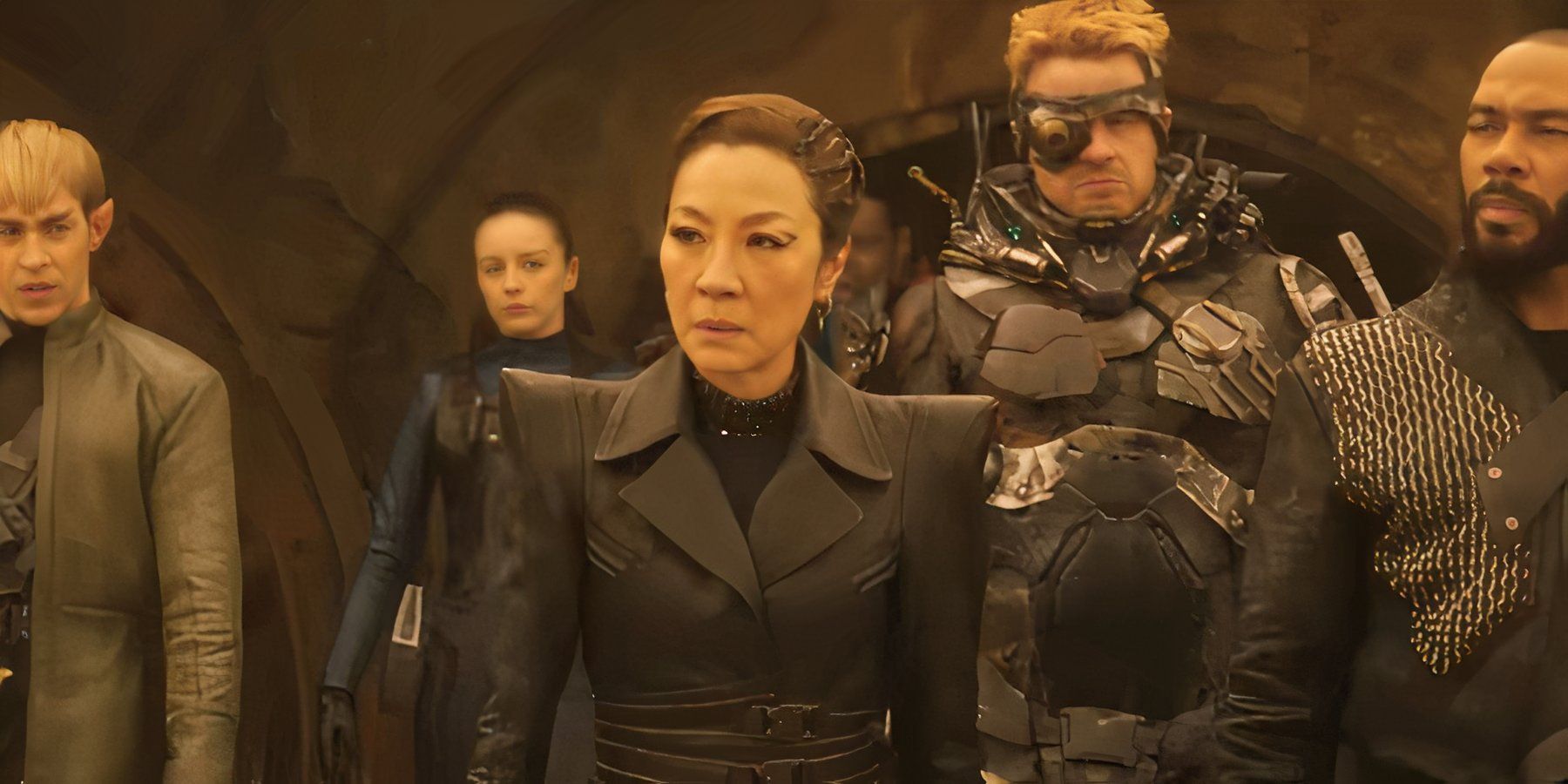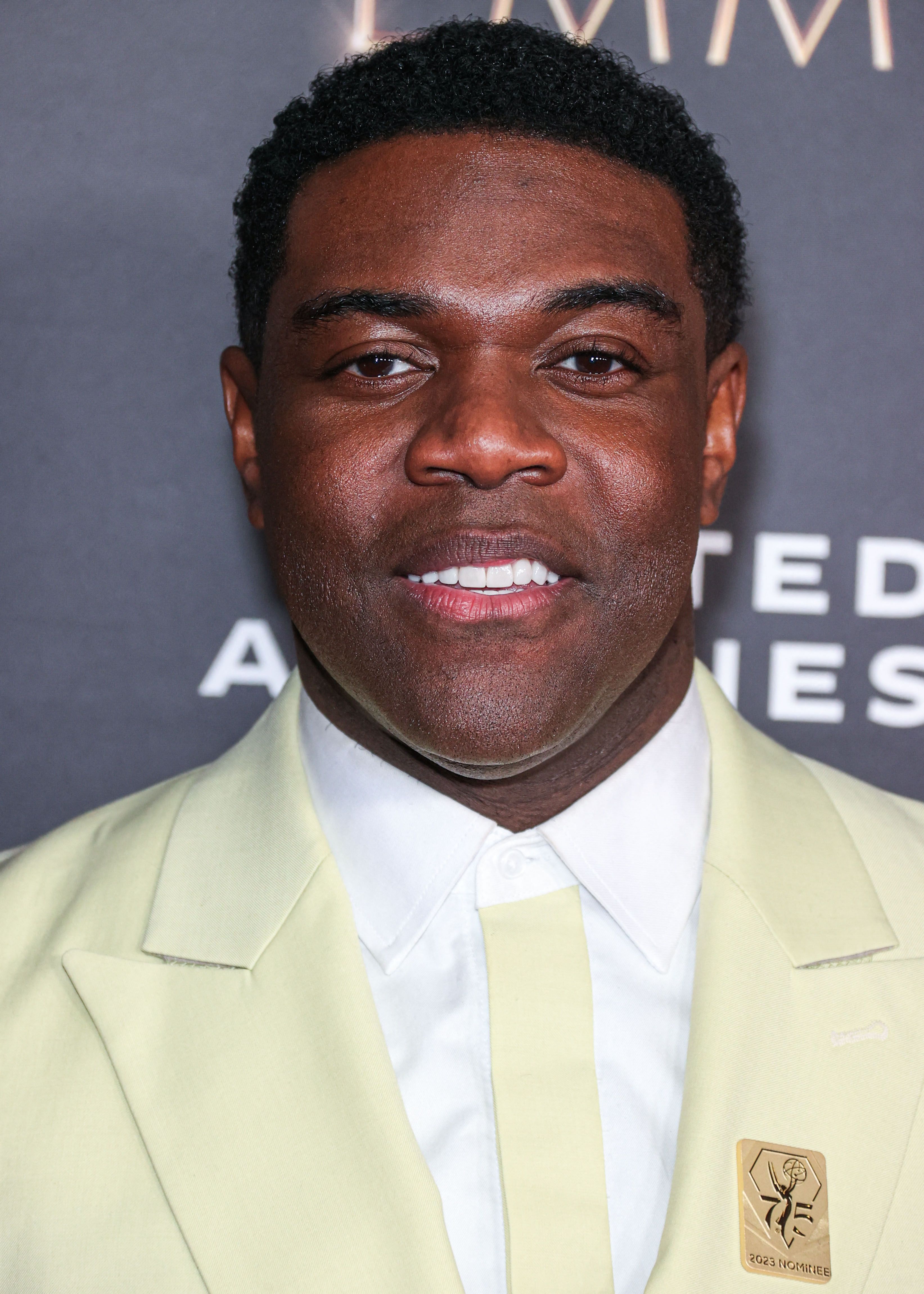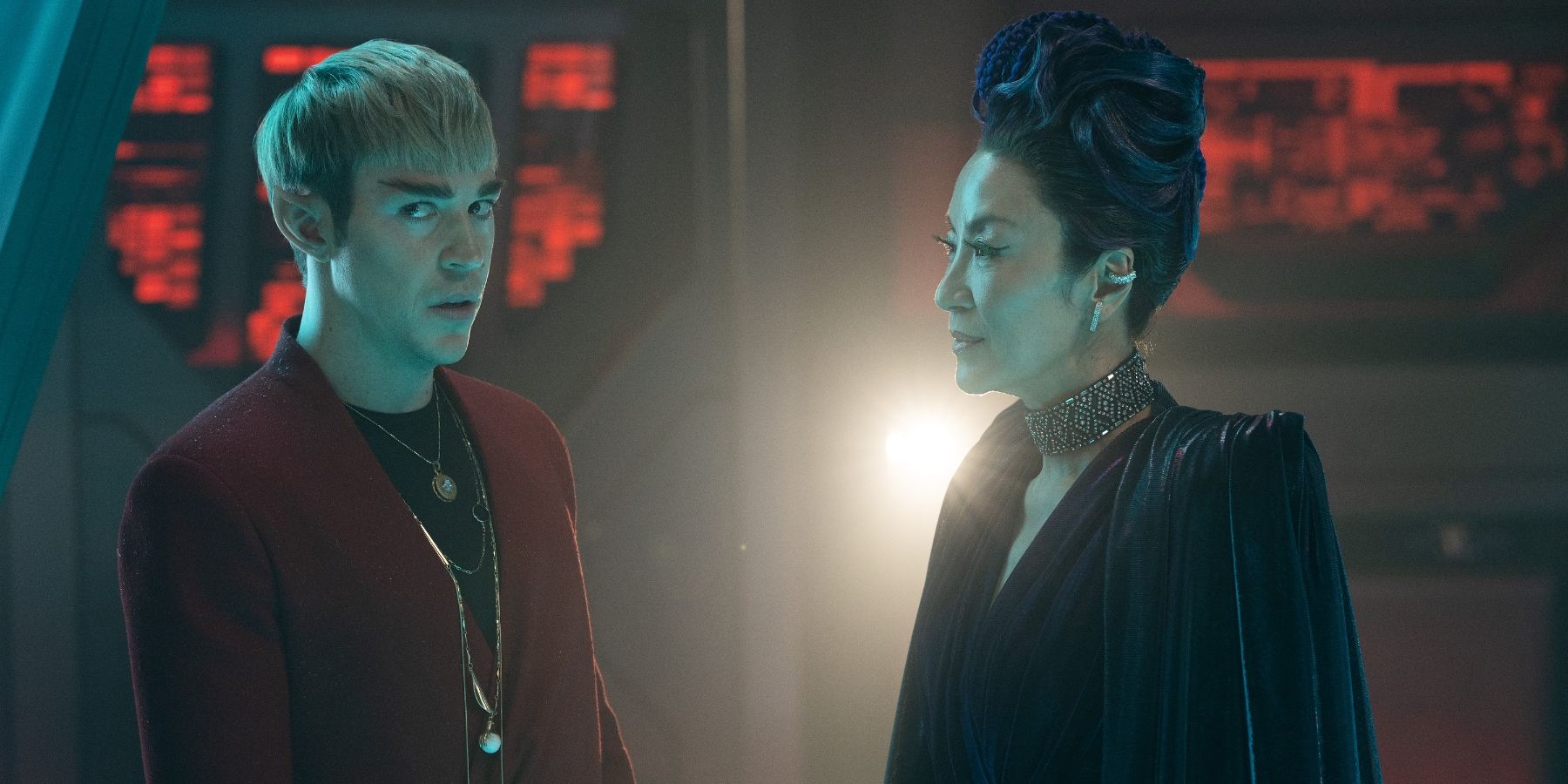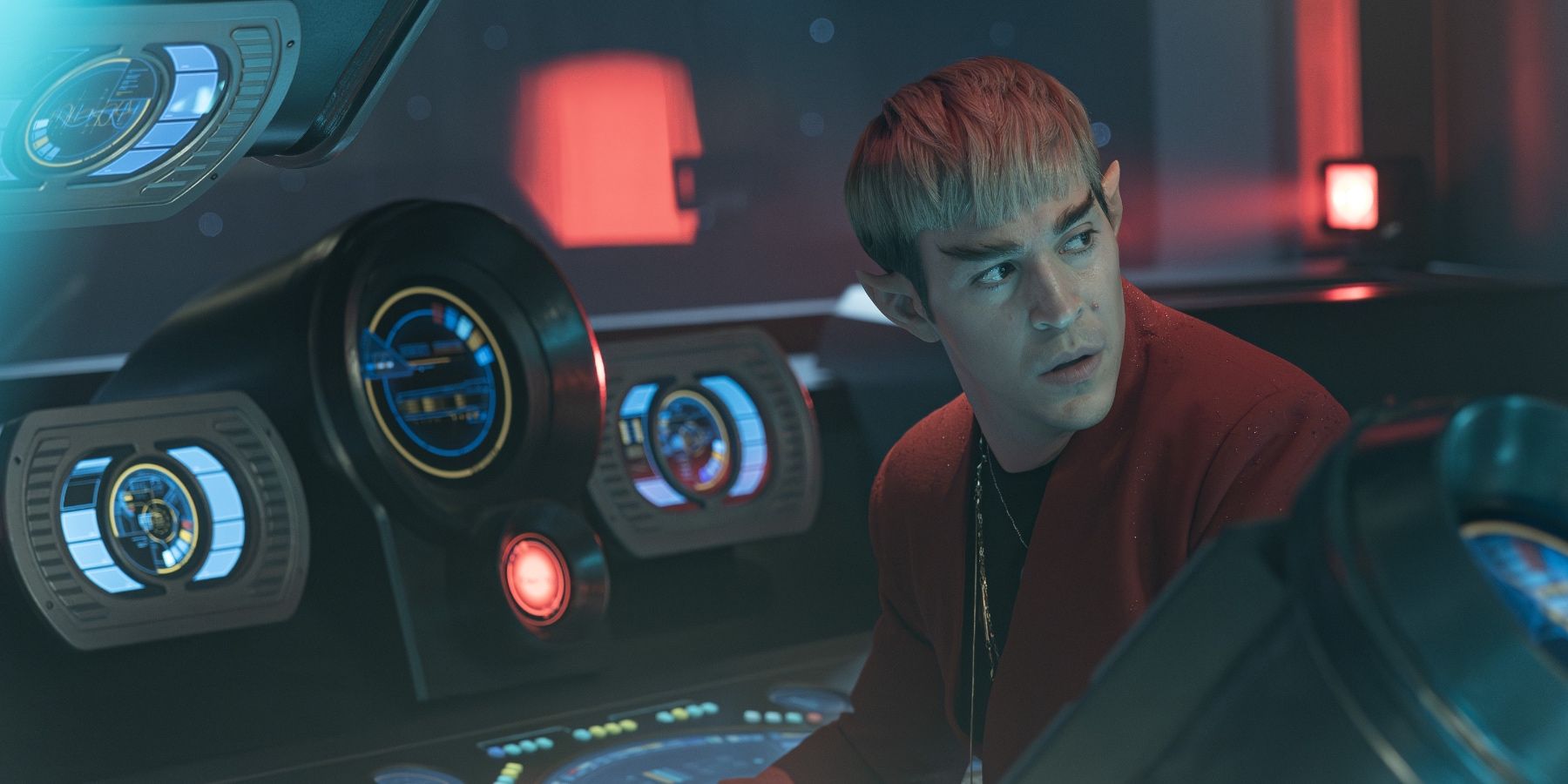Summary
- Section 31 lacks the philosophical depth of Star Trek, opting for snarky jokes and flashy action scenes.
- Nanokins offer thematic potential in the Star Trek universe, exploring communication, identity, and acceptance.
- While Section 31 fails to utilize Nanokins effectively, there is potential for them to become a rich and compelling alien race in the future.
Star Trek has a long history of weird and wonderful alien species. Sometimes, they’re essentially humans with extra stuff on their foreheads and ears, like Vulcans and Klingons. Sometimes, they’re wild new creations, like the Medusans or the Tellarites. Whatever they may be, Star Trek aliens tend to be more than weirdos to gawk at. They’re concepts that help us explore aspects of humanity and human society.
Unfortunately, not many of those high-minded ideals make their way into the movie Star Trek: Section 31. A loud and flashy continuation of a plot line from Star Trek: Discovery, Section 31 stars Michelle Yeoh as Philippa Georgiou, the one-time Empress from the evil Mirror Universe, who leads a rag-tag team on a black ops mission. Section 31 favors snarky jokes, flashy explosions, and unearned emotional beats over philosophical exploration.

Related
Star Trek: Section 31 Reviews Are Not Promising
The early reviews for Star Trek: Section 31 have come out and they were underwhelming.
Most of the team consists of established aliens from the franchise, including a shape-shifting Chameloid and an alluring Deltan. Team member Fuzz appears at first to be a Vulcan, but he is in fact a Nanokin, an original alien species with a lot of storytelling potential. And he’s completely wasted.
Who is Fuzz in Star Trek: Section 31?
Played with an over-the-top accent by Sven Ruygrok, Fuzz is easily the most obnoxious of the Section 31 characters. He’s constantly picking fights for no reason, and shouting every word that comes into his mind. But something interesting happens when Georgiou calls Fuzz out for laughing more than any true Vulcan, a species known for its stoicism. At that point, Fuzz opens his mouth and the camera travels deep down his throat, through a bright blue maze of tubes, to reveal his true form. It turns out that the bleach-blond Vulcan that Fuzz appears to be is just a vehicle — a “conveyance,” to use his terms. The real Fuzz belongs to a microscopic race called the Nanokins.
Paramount+ originally imagined Section 31 as a full series, not just a movie. Apparently, Nanokins would have received more development over the course of the show, like Discovery did when it introduced the Kelpiens. But in a movie that stretches a little over 91 minutes, already filled with a bunch of other characters and plot lines, there’s only time for a couple of basic Nanokin facts. The species has at least two genders, as the male Fuzz has a female mate named Wisp. Nanokins lay eggs and have several offspring per litter, with Fuzz mentioning ten children by name.
And that’s about it. Which is unfortunate, because Nanokins fit perfectly within the Star Trek universe.
What Can Nanokins Offer the Star Trek Universe?
When Fuzz first reveals his true nature, some viewers roll their eyes. The idea of a small alien hiding inside a ship that looks like a regular-sized human(oid) has already been explored in movies such as Men in Black and Meet Dave. Section 31 uses its alien nesting egg in the same way as those films: as little more than a joke.
As anyone who has seen an episode of Lower Decks knows, Star Trek isn’t above making jokes about its aliens. But even the goofiest episode of Lower Decks uses various species to explore deeper themes. Klingons offer ways of imagining honor societies and warrior systems. Vulcan stories deal with the tensions between passions and logic. Nanokins have just as many thematic possibilities. As a microscopic species, Nanokins can’t communicate with other beings in the usual ways, through sight and sound. Instead, they have to build conveyances like the Vulcan used by Fuzz, inviting debates about appropriation and identity.
Communication is a key concept in Star Trek, as demonstrated by the important communicator badges or stories such as Star Trek: The Motion Picture, in which the Voyager probe possesses Ilya to interact with people. The Nanokins must go to extreme measures just to have a conversation with others. Would others do the same for them? Would Starfleet, with all of its commitment to seeking out new life and new civilizations, consider shrinking down some members in the same way that Nanokins drive human-sized ships?
Then there’s the issue of the natural threat that Nanokins pose. During one of the many verbal sparring matches between Fuzz and his fellow Section 31 member Zeph (Robert Kazinsky), the latter refers to the Nanokin as a virus. At first, it seems like Zeph just tosses out the phrase as an insult to get under Fuzz’s skin. But when Fuzz later names his kids, he sure makes them sound like diseases, calling them “Influensina,” “Tonsilyitis,” and “Grip.”
The idea of a sentient disease isn’t completely new (see the villain Despotellis from Green Lantern comics). However, the principles of acceptance and understanding that drive Star Trek mean that members of Starfleet cannot simply dismiss the Nanokins, even if they present a danger.
Finally, all the aliens in Star Trek ultimately serve to help viewers understand humanity. When a Nanokin takes a conveyance in the form of another species, they must also understand that species. They must take time to learn about their culture, anatomy, and behaviors. That process is certain to uncover something surprising, even to native members of that species.
Will Nanokins Appear Again After Star Trek: Section 31?
Star Trek: Section 31 has no interest in letting Fuzz do anything quite so rich. Fuzz gets to shout and cackle and even have a fight scene, but never does he come close to raising a philosophical question or posing an ethical quandary.
Given the irritating way that Section 31 deploys Fuzz, many Trekkies might be happy to never see Fuzz, his family members, or any of the Nanokins ever again. But one unsuccessful story, even a story as bad as Section 31, doesn’t ruin an entire species. Look at the Ferengi, who began in The Next Generation as a poor substitute for the Klingons and eventually became one of the richest and most compelling aliens, thanks to some great episodes on Deep Space Nine.
The Nanokins already offer more than the Ferengi did in those early Next Generation episodes. It would be a shame if Star Trek didn’t take advantage of another compelling alien race just because they started in a terrible film.

Star Trek: Section 31
- Release Date
-
January 15, 2025
- Runtime
-
96 Minutes
-

Michelle Yeoh
Emperor Philippa Georgiou
-

Omari Hardwick
Alok Za’ha
-

Kacey Rohl
Rachel Garrett
-















Leave a Reply